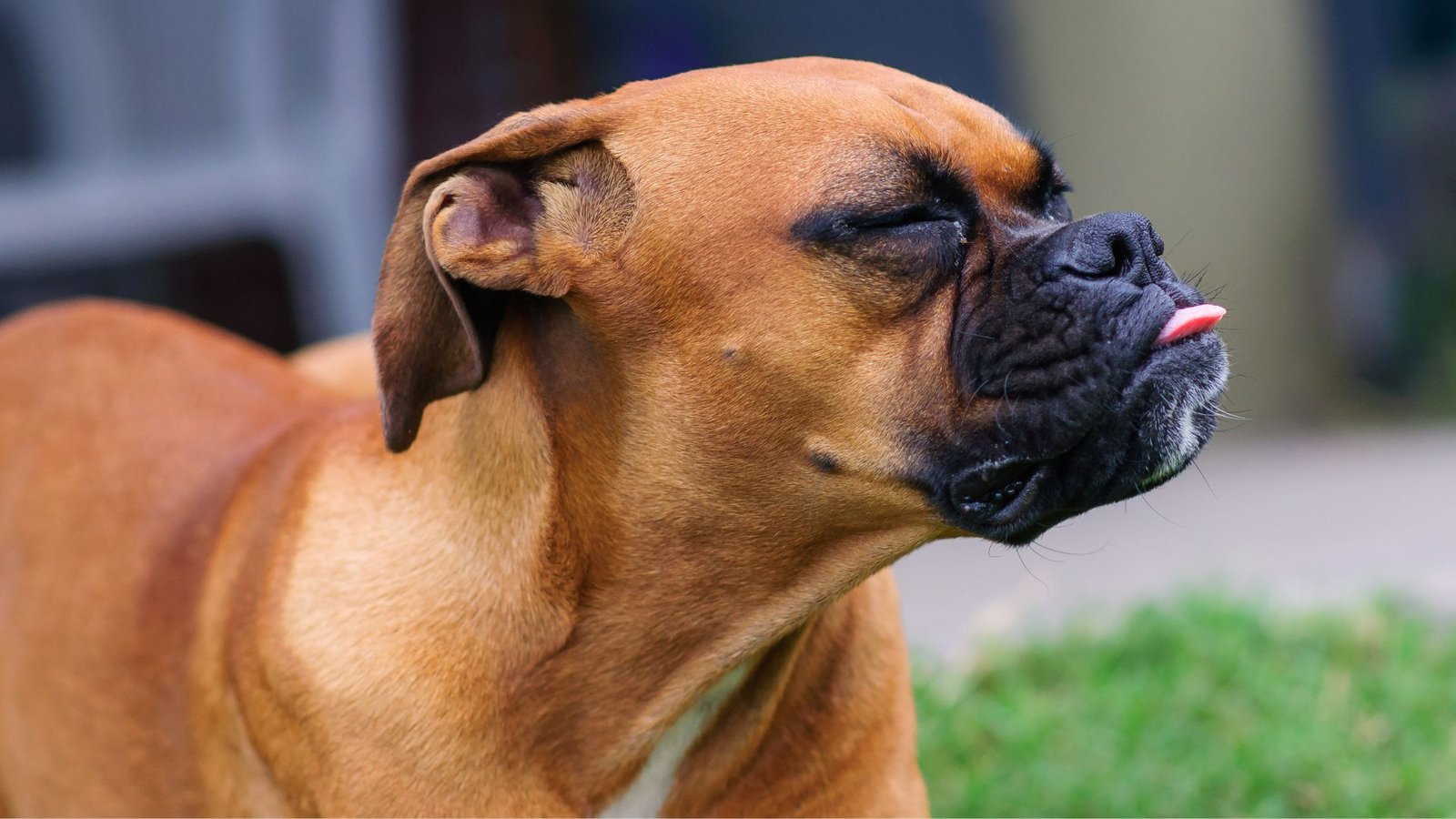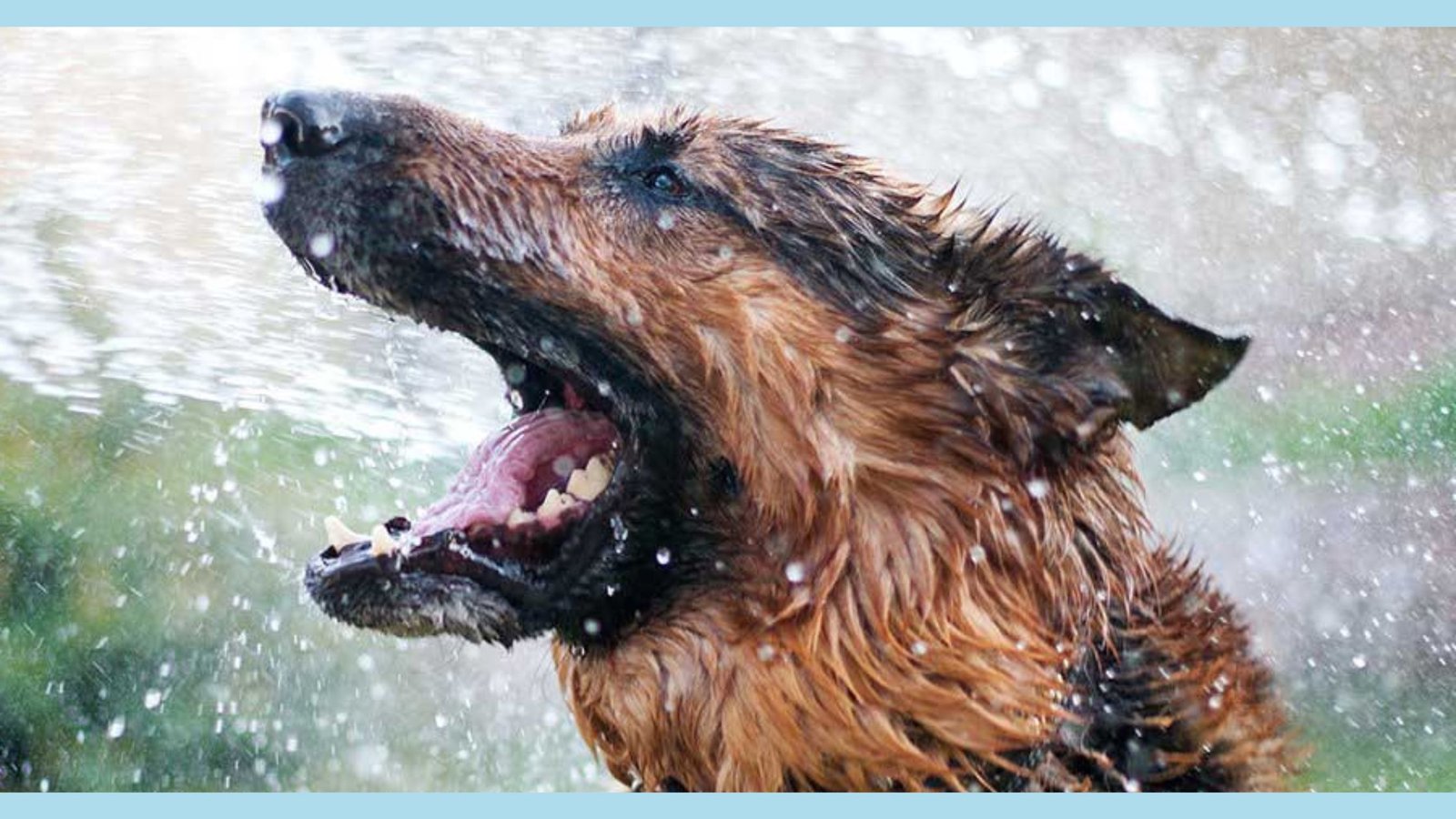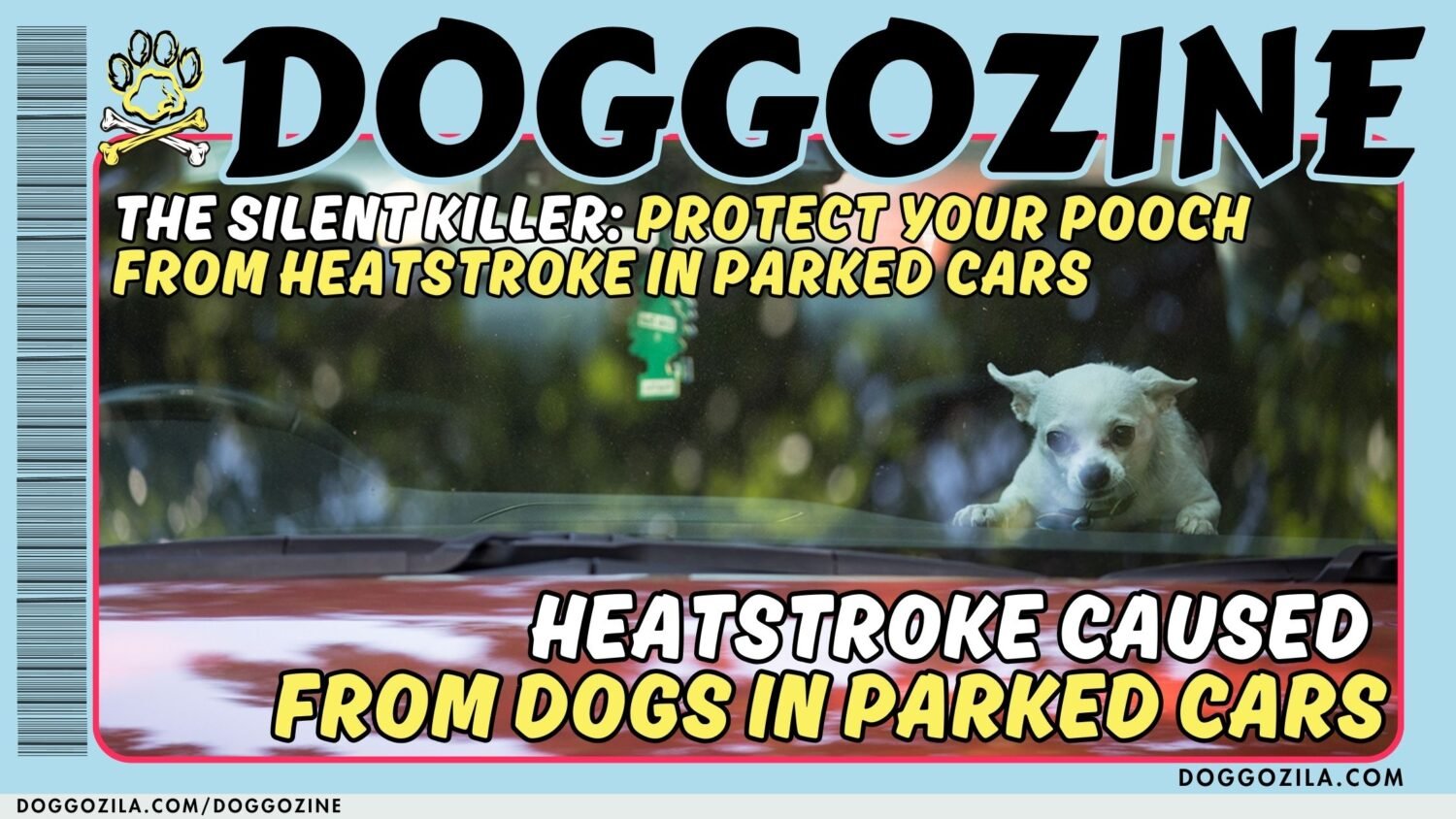Dogs are social creatures, but not all dogs enjoy interacting with other dogs. Some dogs may be indifferent to other dogs, while others may be actively aggressive. This article will tell you how to tell if your dog doesn’t like other dogs!

SIGNS TO SEE HOW YOUR DOG FEELS
- Aggression: This is the most obvious sign that your dog doesn’t like other dogs. If your dog growls, barks, lunges, or snaps at other dogs, it’s a clear sign that they’re feeling threatened or uncomfortable.
- Avoidance: Some dogs will avoid other dogs altogether. They may cower, hide, or try to run away when they see another dog.
- Body language: Pay attention to your dog’s body language when they’re around other dogs.
Signs that your dog may not like other dogs include:- Tense body language: Your dog may have a stiff body, a rigid tail, or raised hackles.
- Direct eye contact: This can be seen as a challenge or threat by some dogs.
- Bared teeth: This is a clear sign of aggression.
- Ears: If your dog’s ears are pinned back or flattened against their head, they’re feeling threatened or scared.
- Tail: A wagging tail doesn’t always mean a happy dog. A dog with a stiff tail or a tail that’s tucked between their legs may be feeling anxious or aggressive.
If you notice any of these signs, it’s important to take steps to avoid putting your dog in situations where they’ll be around other dogs. This may mean avoiding dog parks, walking your dog in less populated areas, or hiring a professional dog walker who can help you socialize your dog. If you’re concerned about your dog’s behavior around other dogs, it’s a good idea to talk to your veterinarian. They can help you assess your dog’s behavior and recommend strategies for managing it.
Tips To Know if your dog doesn’t like other dogs
Recognizing signs of discomfort is crucial.
Here are some tips to identify if your dog dislikes other dogs:
- Pay attention to their history. Dogs with past negative encounters may associate other dogs with fear or aggression. These experiences shape their future reactions.
- Consider their breed. Some breeds are more prone to aggression towards other dogs. Terriers and herding dogs, bred for specific roles, can exhibit this tendency.
- Look for signs of fear or anxiety. Behaviors like cowering, trembling, or trying to flee indicate your dog feels threatened by other canines.
- Trust your instincts. If you sense unease in your dog around others, it’s likely you’re right. Their body language reveals their true emotions.
By observing behavior and understanding their background, you’ll gain insight into your dog’s feelings. Consulting experts can also provide valuable guidance on managing their behavior compassionately.
What you should do:
By paying attention to your dog’s behavior and body language, you can learn a lot about how they feel about other dogs. If you’re concerned about your dog’s behavior, it’s a good idea to talk to your veterinarian or a professional dog trainer. They can help you assess your dog’s behavior and recommend strategies for managing it.
Why My Dog Doesn’t Like Other Dogs?
It can be perplexing when your beloved dog displays aggression or fear towards other dogs. This article aims to unravel the complexities behind this behavior, shedding light on the intricacies of dog social interactions.

UNRAVELING THE DOG SOCIAL PUZZLE
Dogs are known for their inherent social nature. However, it’s crucial to understand that each furry friend is unique, shaped by their personality and life experiences. Decoding their behavior towards other dogs requires delving into the nuances of canine social dynamics.
Dog’s Communication, Perception and Interaction
Dogs communicate through intricate body language and subtle cues. Their reactions towards other canines are influenced by various factors, including their breed characteristics, early socialization experiences, and individual temperament. Some breeds, such as terriers and herding dogs, may exhibit a higher propensity for territorial or protective behaviors, leading to potential conflicts with unfamiliar dogs.
Traumatic experiences from the past can also profoundly impact a dog’s perception of other canines. A negative encounter, such as an attack or altercation, can leave lasting emotional scars, causing the dog to associate other dogs with fear and anxiety. This learned response can manifest in defensive or aggressive behaviors as a protective mechanism.
Additionally, underlying medical conditions or pain may contribute to a dog’s aversion to social interactions. Dogs experiencing discomfort or distress may interpret the presence of other dogs as a potential threat, leading to reactive or avoidant behavior.
It’s essential to approach this issue with empathy and understanding. Rather than labeling a dog as “aggressive,” it’s more accurate to recognize their behavior as a manifestation of their emotional state and experiences. By taking the time to comprehend the underlying causes, we can foster a deeper connection with our canine companions and provide them with the support and guidance they need to navigate social situations more comfortably.
Understanding Dog Social Behavior
- Pack Mentality: Dogs have evolved from pack animals, and their social behavior often stems from a desire to form and maintain a social hierarchy. This can sometimes lead to conflicts with other dogs.
- Territorial Instincts: Dogs can be territorial and protective of their space, family, and resources. This territorial nature can contribute to their reactions towards other dogs.
Common Reasons Why Dogs May Not Like Other Dogs
- Fear and Anxiety: Fear and anxiety can cause dogs to react negatively to other dogs. This may stem from past traumatic experiences or a general disposition towards fearfulness.
- Lack of Socialization: Puppies that do not receive adequate socialization during their critical developmental period may struggle to interact positively with other dogs later in life.
- Resource Guarding: Some dogs may be possessive of their food, toys, or personal space, leading to aggressive behaviors when these resources are perceived to be at risk.
- Past Trauma: Dogs that have experienced past trauma or negative interactions with other dogs may carry emotional scars that affect their social behavior.

RECOGNIZING SIGNS OF DOG AGGRESSION
It’s crucial for dog owners to be able to recognize signs of aggression in their pets. These signs may include growling, baring teeth, raised hackles, and lunging. Understanding these cues can help prevent confrontations and will tell if your dog doesn’t like other dogs.
Ways to Help Your Dog Socialize
Positive exposure is key in helping your dog socialize. Gradually introduce your furry friend to other pups in controlled settings. This allows them to become desensitized to the presence of other canines, reducing fear or aggression. Start with short, positive interactions. Reward calm behavior with treats and praise.
Working with a professional dog trainer or behaviorist can be invaluable. These experts provide guidance and strategies to improve your dog’s behavior around others. Through training and behavior modification techniques, you can address socialization issues effectively. The dog trainer can teach you as well (dog owners) to tell if your dog doesn’t like other dogs.
NURTURING A HAPPY AND SOCIAL DOGS
Understanding why some dogs dislike other dogs is complex but crucial for responsible pet ownership. Recognizing the root causes of aggression or fear, such as past trauma, lack of early socialization, or genetic predisposition, is the first step. Addressing these issues requires patience, positive reinforcement, and professional guidance.
With the right approach and care, you can help your furry companion enjoy positive interactions. Build confidence through gradual exposure and reward-based training. A happy, social dog enjoys a more fulfilling life, free from fear or aggression toward others. Consistent effort and love can transform your pup’s experience.
A Quick Summary on how to tell if your dog doesn’t like other dogs
This article aimed to provide insights on recognizing signs that your dog may not enjoy the company of other dogs. It’s crucial to be aware of these cues and take appropriate steps to address the issue. With patience, understanding, and the right guidance, you can nurture a happy, well-adjusted dog comfortable around others.




